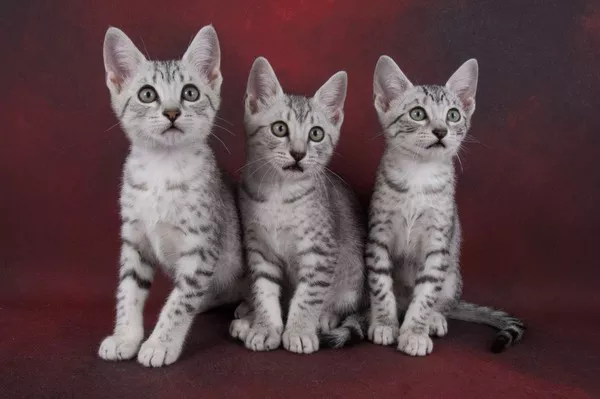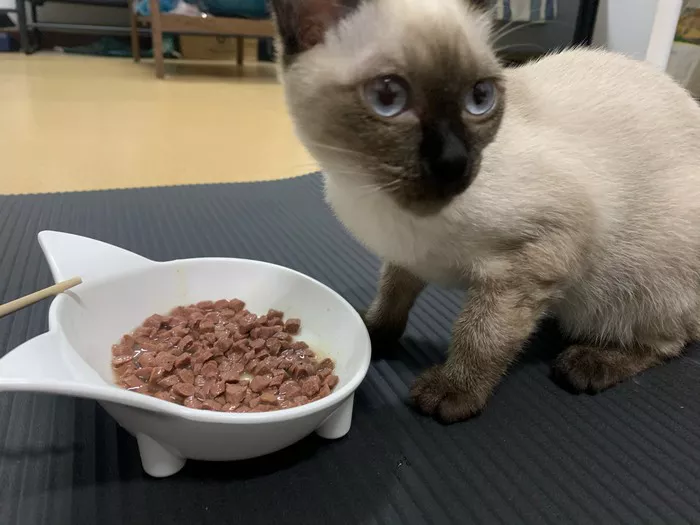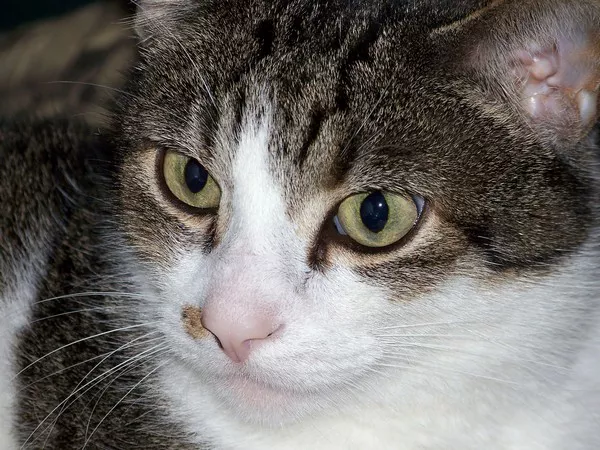Breeding pedigree cats is a rewarding yet intricate endeavor that requires a deep understanding of feline genetics, responsible breeding practices, and a commitment to the welfare of both the cats and the breed. Aspiring breeders embark on a journey to preserve and enhance the unique characteristics of specific feline breeds, contributing to the diversity and health of pedigree cat populations. In this comprehensive guide, we will explore the essential aspects of breeding pedigree cats, from selecting breeding pairs to caring for newborn kittens, and highlight the ethical considerations that should govern every breeder’s practices.
Selecting Breeding Stock
The foundation of successful pedigree cat breeding lies in the careful selection of breeding stock. Here are key considerations when choosing cats for breeding:
Breed Standards:
Familiarize yourself with the breed standards established by reputable cat breed organizations. These standards outline the ideal characteristics of the breed, including coat color, pattern, body structure, and temperament.
Genetic Health Screening:
Conduct thorough genetic health screenings for potential breeding cats. Identify and exclude cats with hereditary conditions that could be passed on to their offspring. This may involve DNA testing and consultation with veterinary geneticists.
Temperament:
Consider the temperament of the cats. A good breeding pair should exhibit the desirable behavioral traits outlined in the breed standard. A well-socialized and friendly demeanor is crucial for fostering healthy interactions with both humans and other cats.
Pedigree Documentation:
Ensure that the breeding cats have accurate and complete pedigree documentation. This information tracks the lineage and ancestry of the cat, providing insights into the potential genetic traits they may pass on to their offspring.
Reproductive Health:
Verify the reproductive health of potential breeding cats. Both male and female cats should be in optimal health, free from reproductive issues that could hinder successful breeding.
Breeding Practices
Once suitable breeding pairs have been identified, the breeding process involves careful planning and attentive management:
Breeding Timing:
Understand the reproductive cycles of cats and plan breeding accordingly. Female cats typically go into heat multiple times a year, and successful breeding requires proper timing to maximize the chances of conception.
Introducing Breeding Pairs:
Introduce breeding pairs gradually, allowing them to familiarize themselves with each other’s scents and behaviors. Supervise their interactions to ensure compatibility and prevent aggressive behavior.
Supervised Mating:
During the mating process, ensure that interactions are supervised to prevent injury and ensure successful mating. If natural mating proves challenging, artificial insemination may be considered, guided by veterinary expertise.
Pregnancy Care:
Provide optimal care for pregnant queens, including a balanced diet, regular veterinary check-ups, and a comfortable and secure environment. Monitor the queen’s health and behavior throughout the pregnancy.
Kitten Care and Socialization
The arrival of kittens marks a critical phase in the breeding process, requiring meticulous care and attention:
Whelping Box Preparation:
Create a safe and comfortable whelping box for the queen to give birth and care for her kittens. The box should be warm, quiet, and easily accessible for the queen.
Newborn Care:
Monitor the health and development of newborn kittens. Ensure they are nursing regularly, maintain appropriate weight gain, and address any concerns promptly. Intervene if the queen demonstrates inadequate maternal care.
Socialization:
Begin the socialization process early. Handle the kittens gently and regularly to foster positive interactions with humans. Early socialization contributes to well-adjusted adult cats.
Vaccinations and Veterinary Care:
Implement a vaccination schedule as recommended by veterinarians. Regular veterinary check-ups ensure the ongoing health of both the breeding cats and their offspring.
Ethical Considerations in Pedigree Cat Breeding
Responsible pedigree cat breeding is rooted in ethical considerations that prioritize the welfare of the cats involved:
Avoid Overbreeding:
Overbreeding can have detrimental effects on the health of breeding cats and their offspring. Limit breeding to ensure the well-being of the cats and maintain the quality of the breed.
Responsible Placement:
Thoughtfully place kittens in suitable homes. Screen potential adopters to ensure they can provide a loving and stable environment for the cat. Educate new owners about the specific needs and characteristics of the breed.
Genetic Diversity:
Aim for genetic diversity within the breed to mitigate the risk of inherited health issues. Collaborate with other responsible breeders to share knowledge and promote genetic diversity.
Transparency with Buyers:
Be transparent with potential buyers about the responsibilities of owning a pedigree cat. Provide information about grooming requirements, potential health concerns, and the commitment required for the well-being of the cat.
Conclusion
Breeding pedigree cats is a labor of love that requires dedication, knowledge, and a profound commitment to the welfare of the cats involved. From the meticulous selection of breeding pairs to the responsible placement of kittens, ethical considerations should guide every step of the breeding process. By adhering to high standards of care, maintaining genetic diversity, and prioritizing the health and well-being of the cats, breeders play a crucial role in preserving and enhancing the qualities that make each pedigree cat breed unique. Aspiring breeders should approach this endeavor with a deep sense of responsibility and a passion for the betterment of feline companionship.























